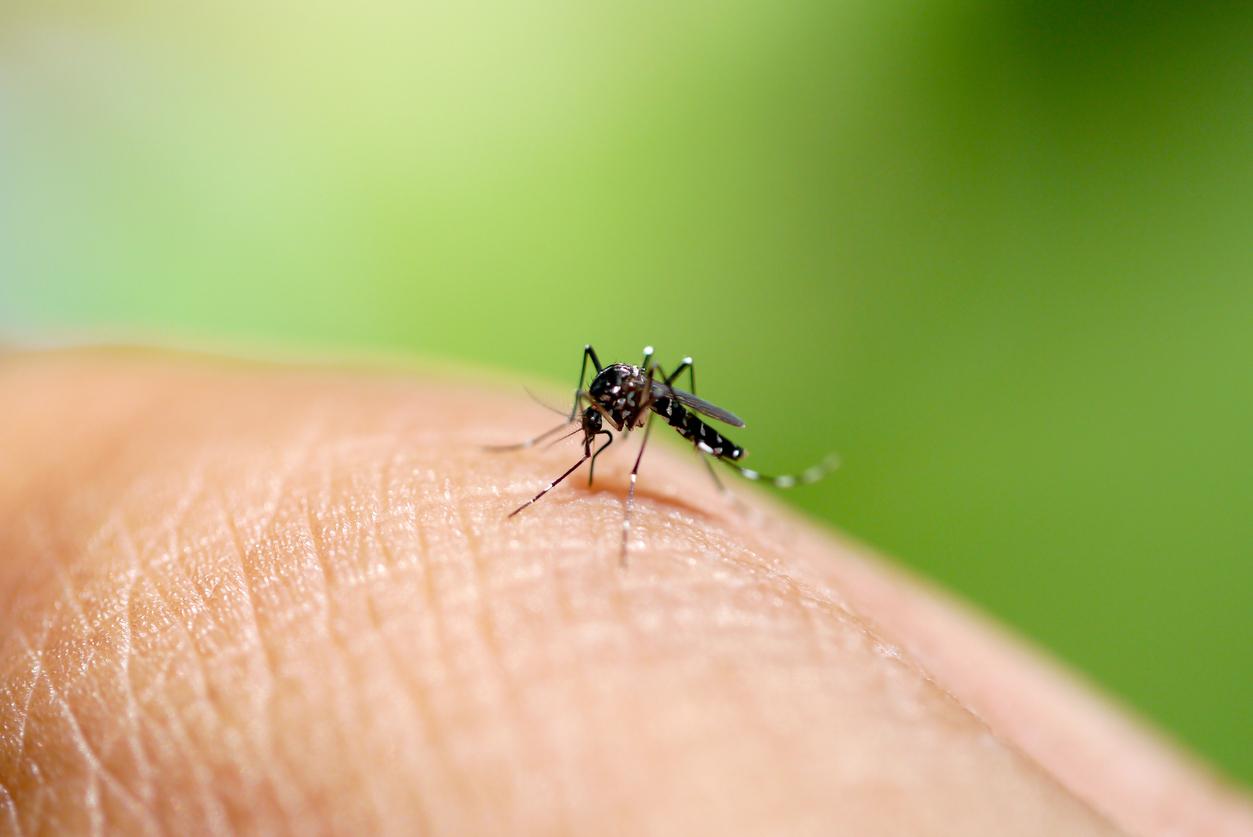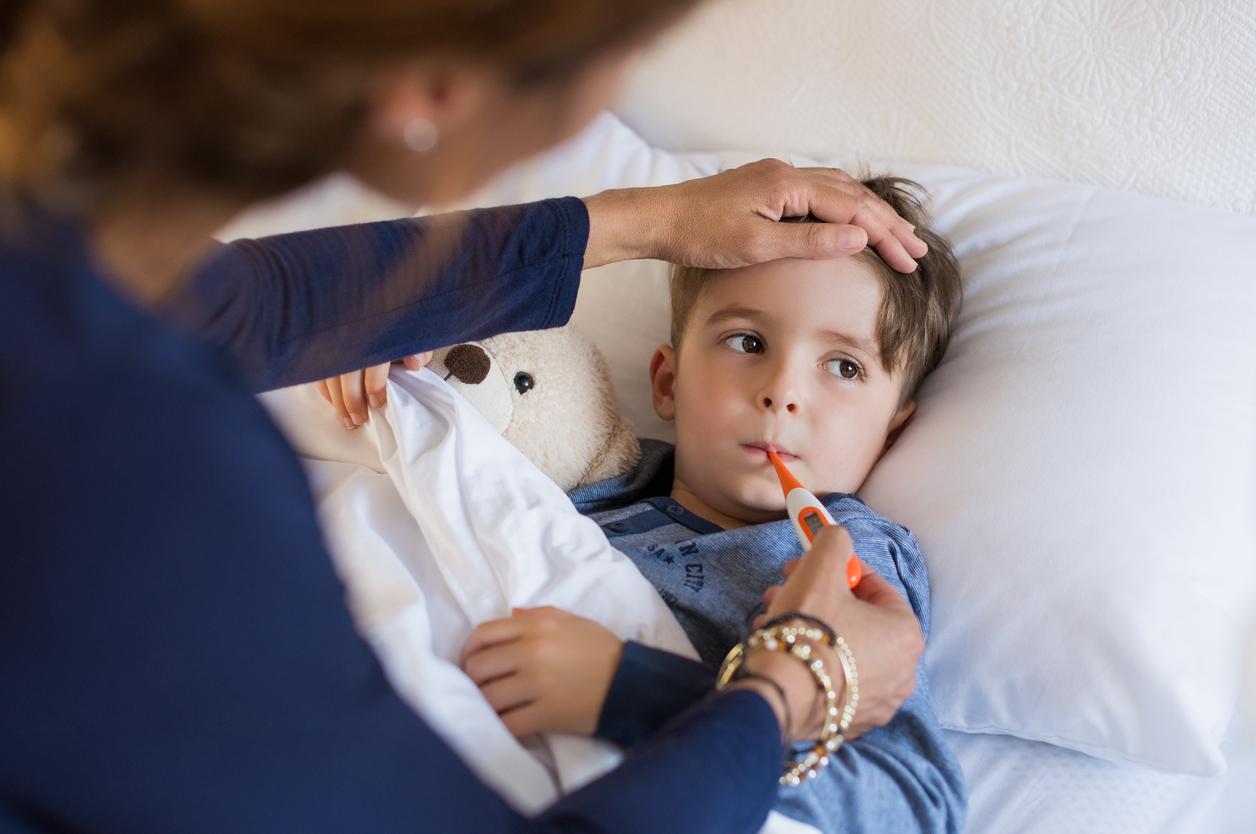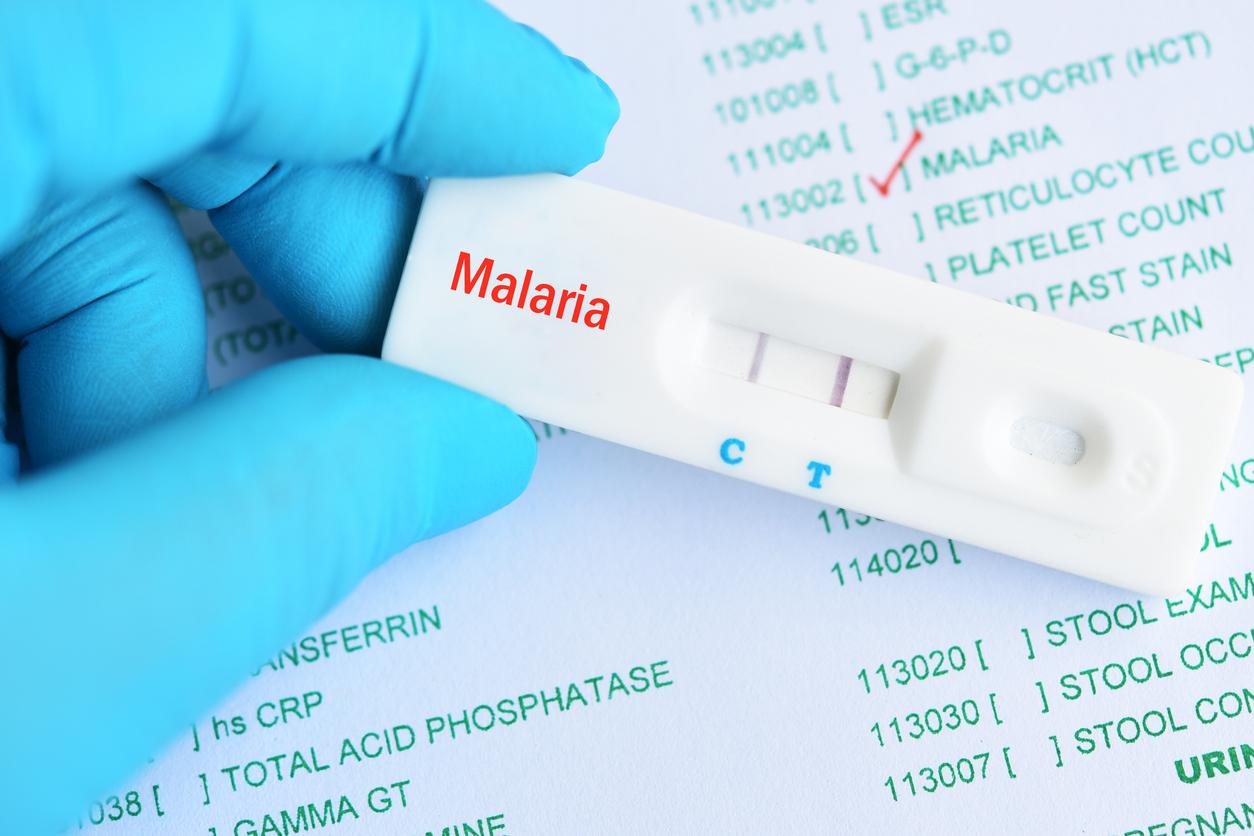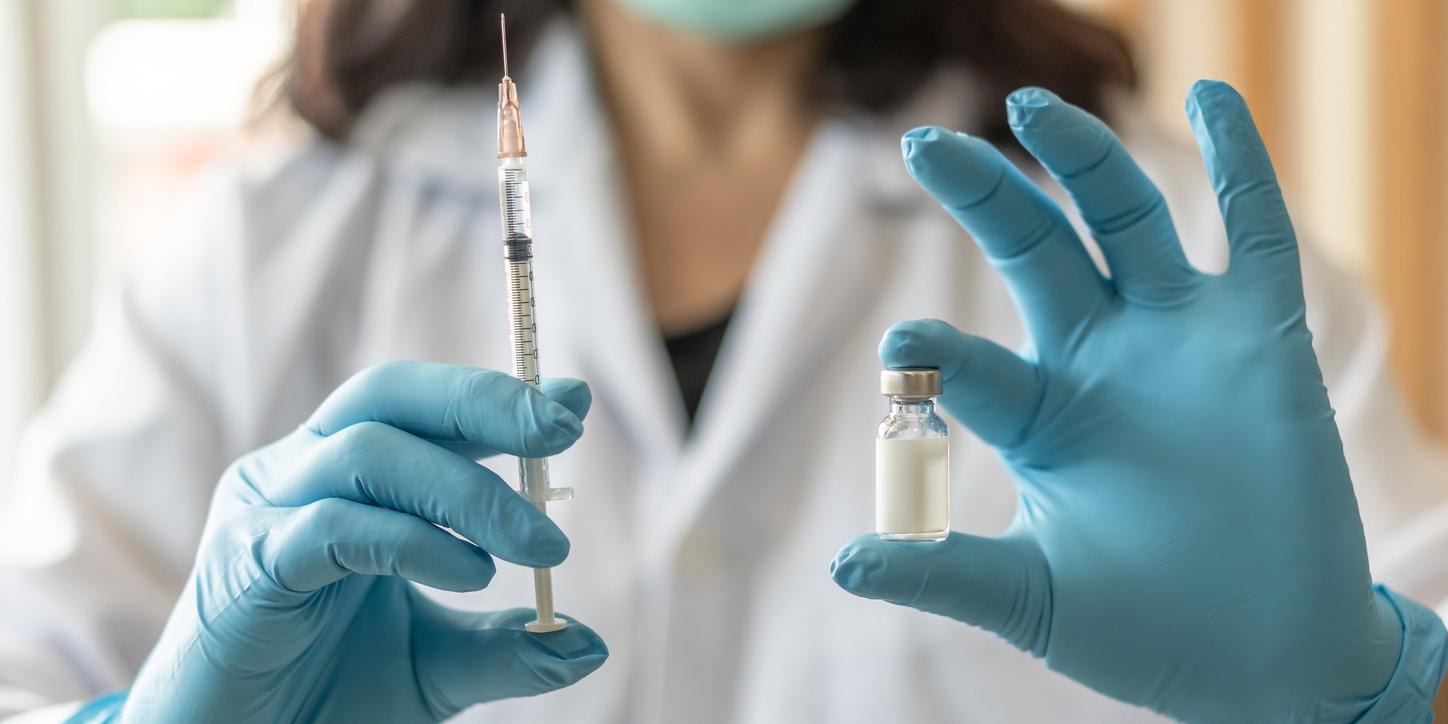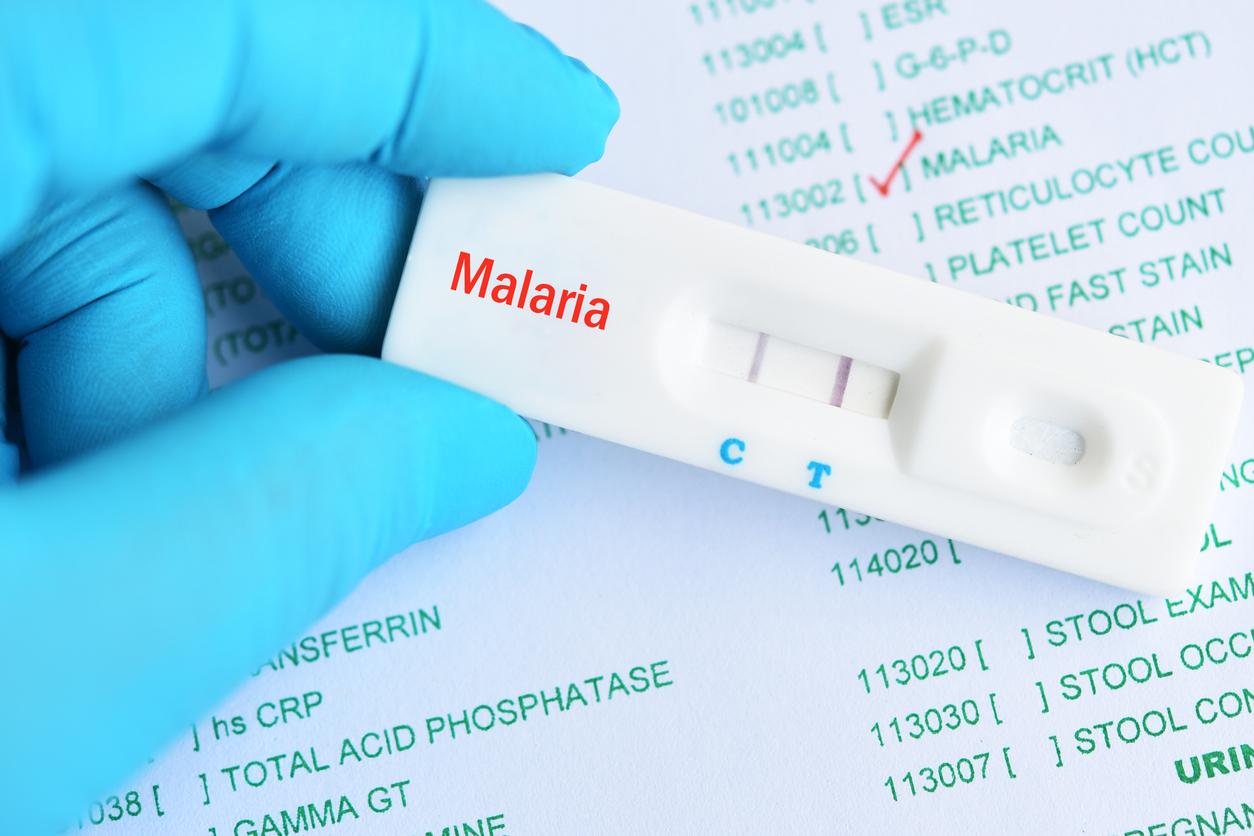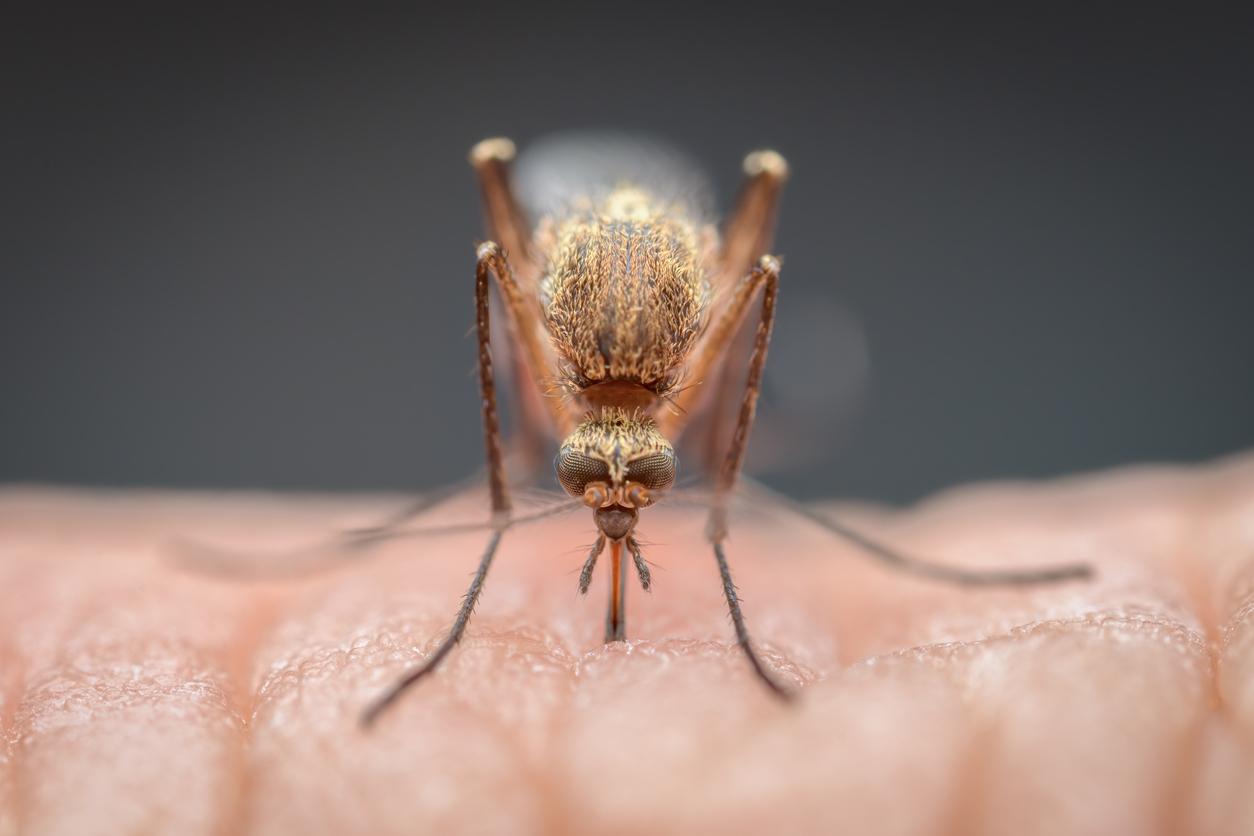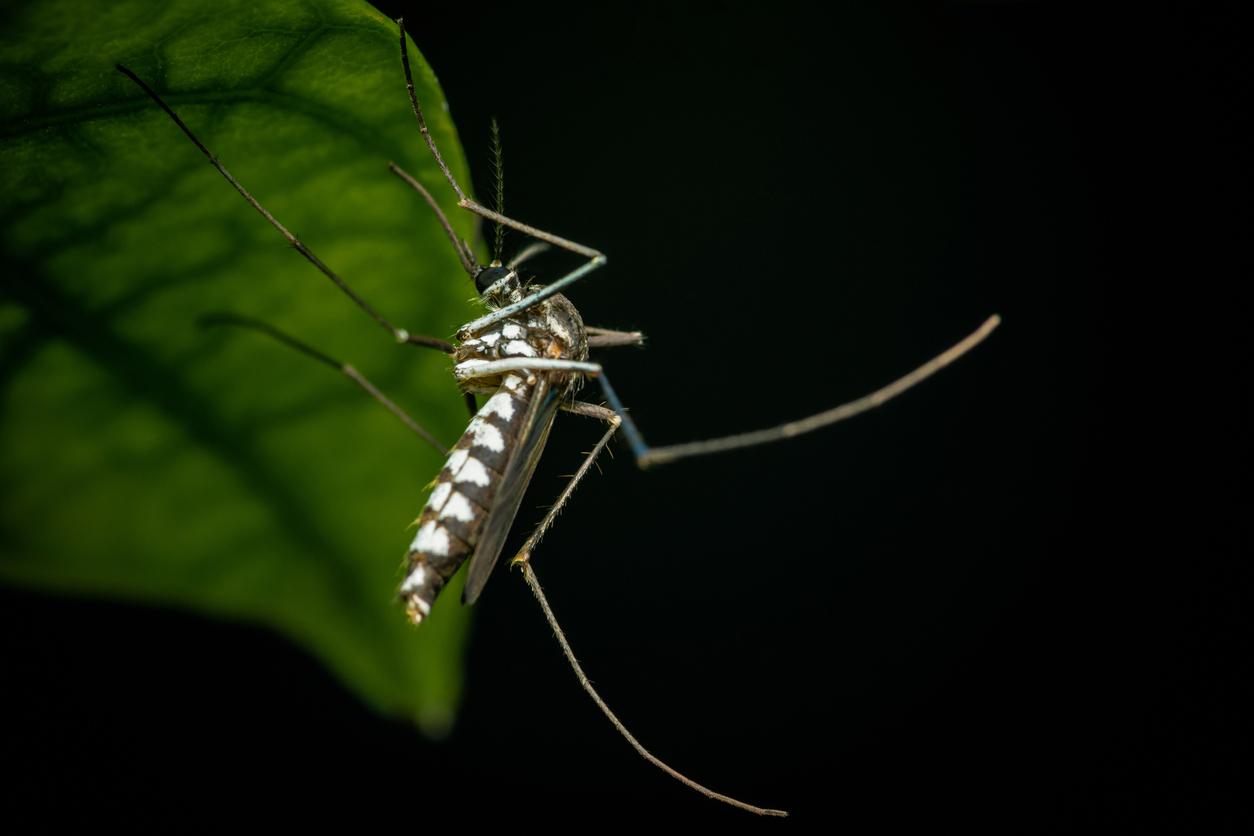American researchers have discovered the defense mechanism of the malaria parasite against the destructive onslaught of fever. New therapeutic avenues are opening up for medical research.
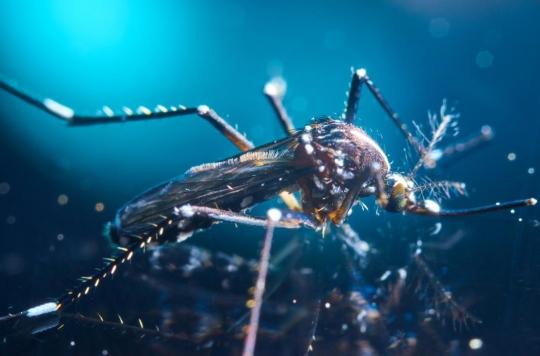
- American researchers have understood that the alliance of the PI(3)P molecule and the Hsp70 protein protects the cellular intestines of the parasite against the destructive heat of fever.
- Breaking this duo would eliminate resistance to existing antimalarial drugs.
The human body burns with fever to oppose the malaria parasite — also known as malaria — yet it thrives like a salamander in flames. How does he manage to circumvent this defense of the immune system in this way? A research team dependent on Duke University (North Carolina, United States) claims to have uncovered this mechanism in a study published on September 25 in the journal eLife. They claim to have identified a lipid-protein combo that protects parasite cells against the heat stress of fever. A major challenge since this unicellular parasite plasmodium causes 200 million cases of malaria every year and kills 400,000 people every year, mostly children.
Specifically, when parasites enter a person’s bloodstream via the bite of an infected mosquito, the temperature around them goes from about twenty degrees to 37°C. Faced with this intrusion, the immune system will then seek to fight against this parasite and the body temperature can then rise to 40.5°C or more before falling back to normal two to six hours later. Fever flare-ups that recur every two to three days. “It’s like going from room temperature water to a hot tub”illustrates Lu KuanYi, first author of the study, a former doctoral student in molecular genetics and microbiology in the laboratory of Professor Emily Derbyshire at Duke University.
PI(3)P and Hsp70: shock duo (anti-thermal)
The doctoral student studied precisely the composition of the parasite in red blood cells during temperature changes, using an incubator heated to 40.5°C and room temperature. With his colleagues, they observed that as temperatures rose, the parasite produced more phosphatidylinositol 3-phosphate (PI(3)P), a lipid molecule. This substance collects on the outer wall of a tiny sac inside the parasite’s cells called the food vacuole – the gut of a single-celled organism. There, it enrolls and binds to another molecule, Hsp70, a heat shock protein that limits the deformation of other proteins under the effect of heat, that is to say that it protects them against heat stress. PI(3)P and Hsp70 then reinforce the outer walls of the food vacuole. Without their union and joint forces, this parasitic intestine would pierce under the effect of heat, thus releasing its acidic content into the rest of the parasitic cell and thus being able to kill the parasite.
Observations that could change the way of fighting malaria. Other studies have established that malaria parasites with higher than normal PI(3)P levels are more resistant to artemisinins, the main class of antimalarial drugs. However, since these artemisinins were marketed in the 1970s, partial parasitic resistance has been formed, particularly in certain parts of Southeast Asia. This study paves the way for new combined therapies to fight against malaria and in particular against cases resistant to artemisinins. “If there is another way to increase the permeability of the digestive vacuole, it could make the digestive vacuole again more accessible to these drugs.”rejoices Lu KuanYi.
The results suggest that fever can be a good ally in killing the parasite and therefore giving ibuprofen to a person suffering from malarial fever is not necessarily a good thing, especially if he is on artemisinin treatment. “This is because artemisinins kill malaria parasites by damaging the survival mechanisms of their cells, including the cell parts that produce PI(3)P”, explains Emily Derbyshire assistant professor of chemistry at Duke University. However, fever reducers could extend the time it takes for artemisinin drugs to kill parasites, as some reports have suggested. Properly balancing the effect of artemisinins with the destruction of the PI(3)P and Hsp70 alliance while controlling fever will require new studies but raises new hope.
.






